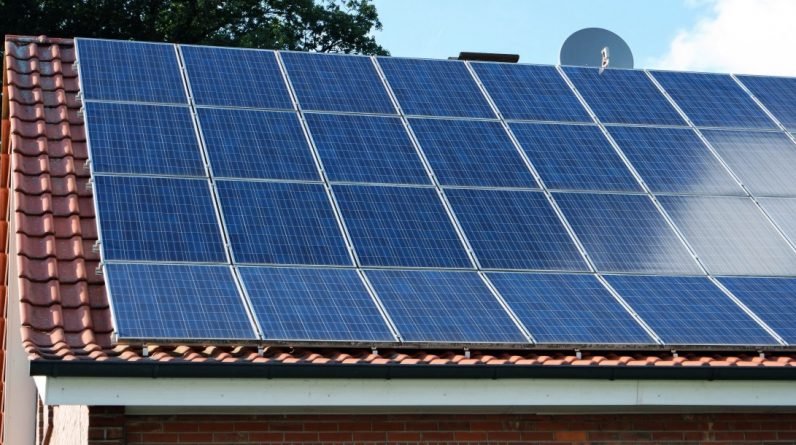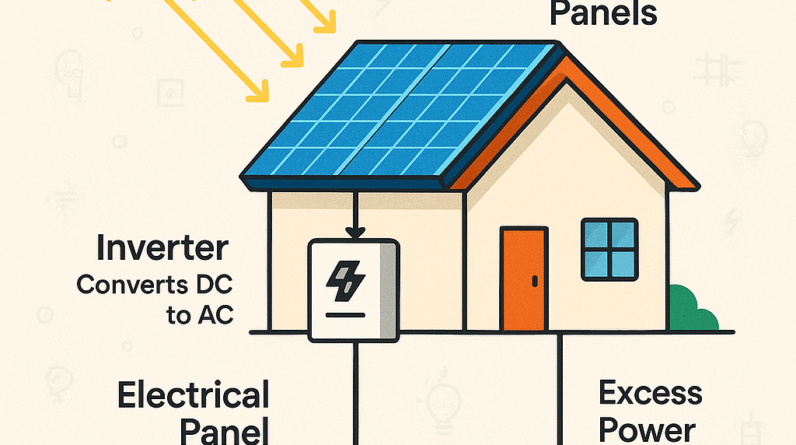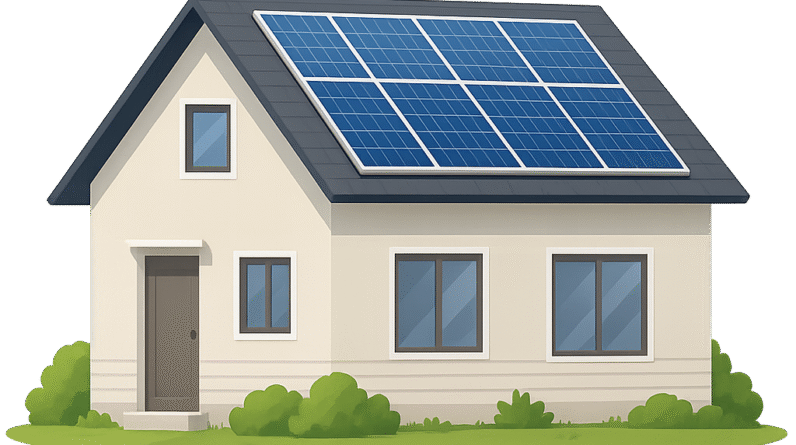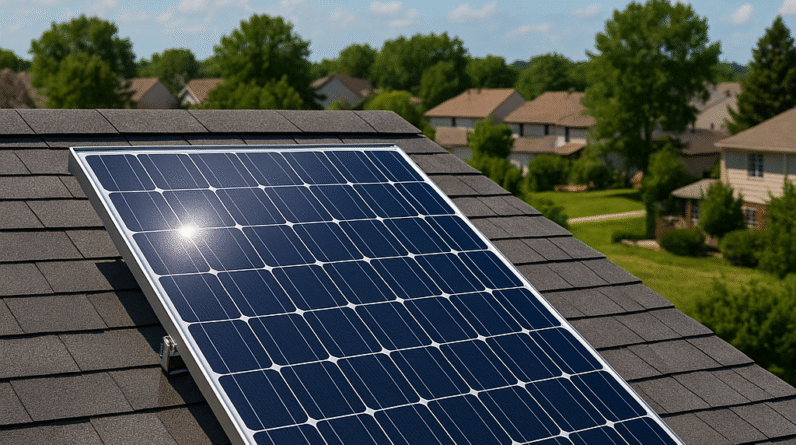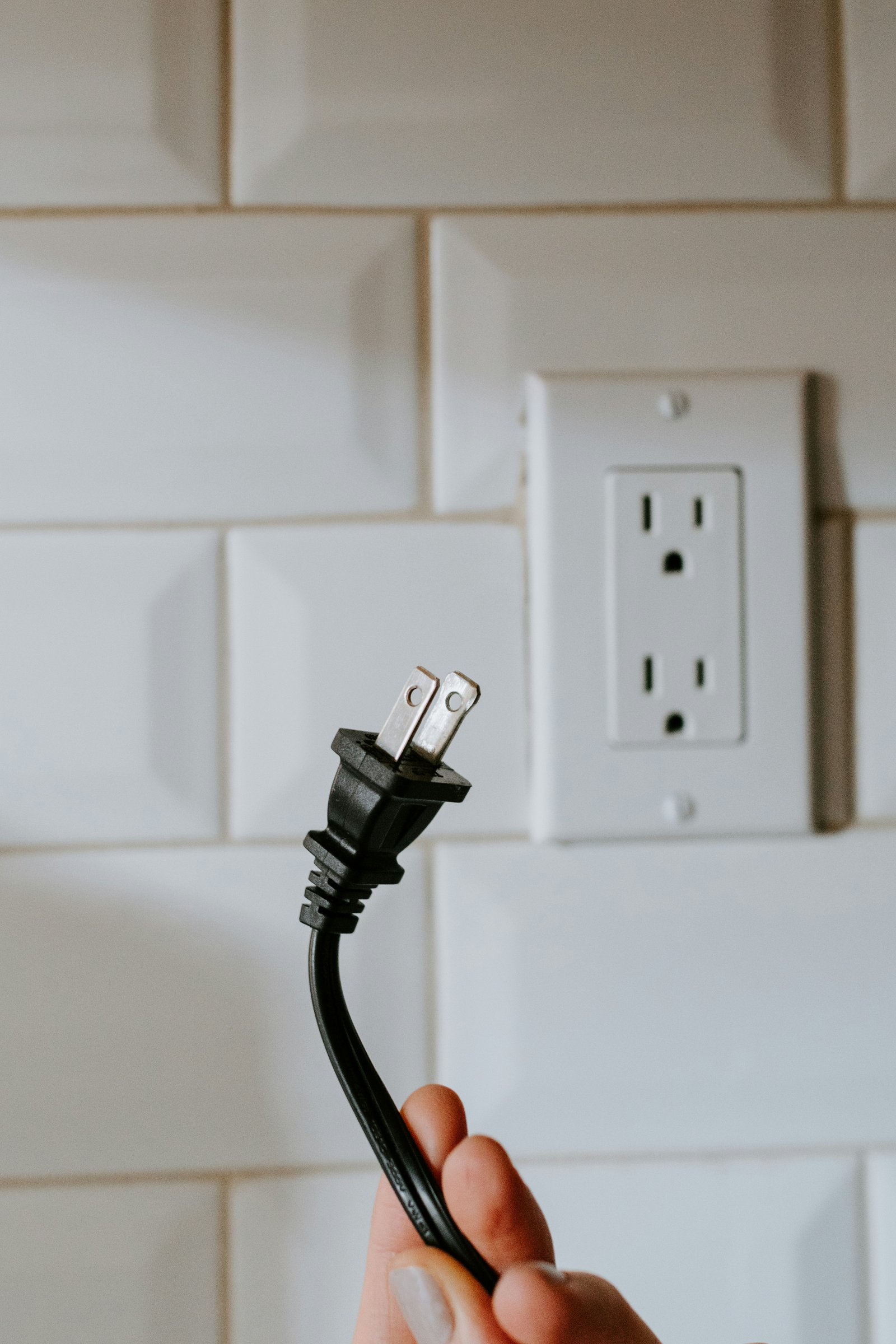
How Many Watts Do You Need To Run A House On Solar?
How Many Watts Do You Need To Run A House On Solar? Imagine being able to run your entire house solely on solar power. No more worrying about expensive electricity bills or harmful carbon emissions. But have you ever wondered how many watts you actually need to make this dream a reality? In this article, we will explore the fascinating world of solar power and uncover the magic number of watts required to power your entire house. Get ready to discover a more sustainable and cost-effective way to live!
Determining Your Energy Needs
Calculating Your Daily Energy Consumption
Before you can choose the right solar system for your home, it’s important to determine your energy needs. Begin by calculating your daily energy consumption. Take a look at your utility bills and examine the kilowatt-hours (kWh) you use each day. This will give you an idea of how much energy your household consumes on a typical day.
Considering Your Seasonal Energy Usage
It’s also essential to consider your seasonal energy usage. Depending on where you live, you may experience variation in energy consumption throughout the year. If you use more energy during the winter months, for example, you’ll need to take this into account when sizing your solar system.
Choosing the Right Solar System Size
Understanding Solar Panel Wattage
When choosing a solar system size, it’s important to understand solar panel wattage. The wattage of a solar panel refers to the amount of power it can generate. Panels with higher wattage will produce more electricity. Take into consideration the energy needs you calculated earlier and the specific wattage of the solar panels you are considering.
Calculating Panel Requirements
To determine the number of panels you need, divide your daily energy consumption by the wattage of the solar panels. For example, if your daily consumption is 30 kWh and you are using 250-watt panels, you would need approximately 120 panels (30,000 / 250 = 120). Keep in mind that this calculation provides a rough estimate, and you should always consult with a professional installer for more accurate specifications.
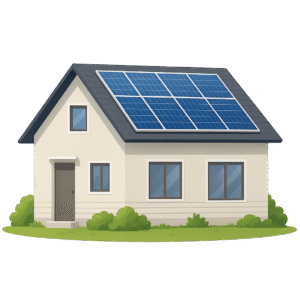
Determining Battery Capacity
In addition to solar panels, you may also need to consider battery capacity. Batteries store excess energy generated by your solar system for use during times when sunlight is not available, such as during the night or during cloudy days. To determine your battery capacity, you’ll need to calculate your energy needs during non-sunlight hours and factor in any desired autonomy time.
Factoring in Energy Efficiency
It’s worth noting that energy efficiency plays a significant role in determining the appropriate solar system size. By making your home more energy-efficient through insulation, weatherstripping, and using energy-efficient appliances, you can reduce your overall energy consumption. This, in turn, may allow you to opt for a smaller solar system.
Considering Peak Sun Hours
Understanding Peak Sun Hours
Peak Sun Hours (PSH) refer to the number of hours in a day when the sun’s intensity is strong enough to produce usable solar power. These hours are calculated based on the amount of sunlight available in a particular region. It’s crucial to understand the concept of PSH to accurately estimate energy generation and determine the size of your solar system.
Estimating Energy Generation
Once you know the average peak sun hours for your location, you can estimate the amount of energy your solar system is likely to generate per day. Multiply the wattage of your solar panels by the number of peak sun hours to get the daily energy generation. This estimation will help you ensure that the solar system you choose can meet your energy needs.
Accounting for Other Factors
When sizing your solar system, it’s essential to take into account the weather conditions in your area. If you live in a region with frequent cloudy days or long periods of rain, your solar system may generate less energy. Adjustments may need to be made to compensate for these less optimal conditions.
Shading and Obstructions
Shading and obstructions can significantly impact the performance of your solar system. Even a small amount of shade on a solar panel can reduce its energy production. Take note of any shading from trees, nearby buildings, or other objects and make sure to place your solar panels in a location where they will receive maximum sunlight exposure throughout the day.
System Aging and Maintenance
It’s important to consider the long-term performance and maintenance requirements of your solar system. Over time, solar panels may experience reduced efficiency due to aging or weathering. Regular maintenance and cleaning can help ensure optimal performance, but it’s worth discussing these considerations with a professional installer.
Sizing Solar Systems for Different Households
Small House or Apartment
If you live in a small house or apartment with low energy consumption, you’ll likely require a smaller solar system. Consider your energy needs, the available roof space for solar panels, and the amount of sunlight your location receives. A professional installer can help determine the ideal system size for your specific situation.
For an average single-family home, the solar system size will typically be larger than that of a smaller dwelling. Consider your household’s energy consumption, available roof space, and the local climate when determining the appropriate size. Consulting with a professional can provide valuable insights tailored to your home’s unique requirements.
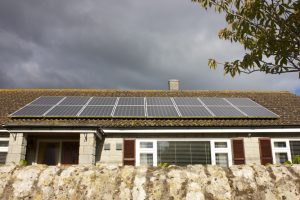
Large or Energy-Intensive House
If you live in a large or energy-intensive house, you’ll likely require a larger solar system to meet your energy needs. Take into account factors such as daily energy consumption, available roof space, and the peak sun hours in your area. Working with a professional installer becomes even more crucial to ensure accurate sizing and system performance.
Determining the Total Watts Required
Adding Up Daily Energy Consumption
To determine the total watts required for your solar system, add up your daily energy consumption. Multiply the kWh you use each day by 1,000 to convert it to watt-hours. This will give you the total number of watts you need to generate in a day to meet your energy needs.
Factoring in Energy Replacement
It’s important to consider energy replacement when determining the total watts required. If you plan to completely offset your energy consumption with solar power, you’ll need to generate enough energy to replace what you currently receive from the grid. This may require a larger solar system size to account for any variation in energy production.
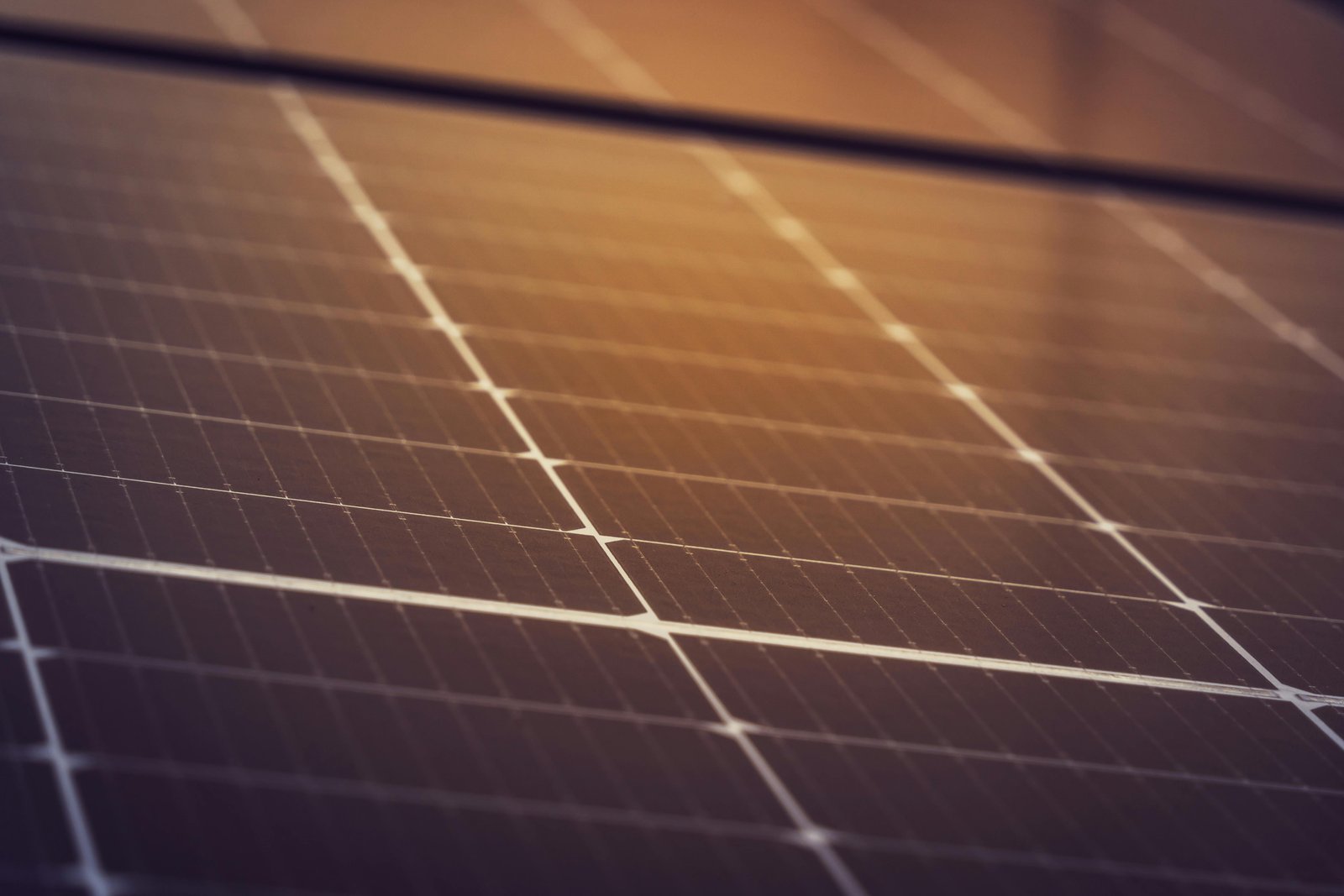
This image is property of images.pexels.com.
Sizing the Solar Inverter
Calculating the Inverter Size
Sizing the solar inverter is another critical step in choosing the right solar system. The inverter converts the direct current (DC) electricity generated by the solar panels into alternating current (AC) electricity that can be used to power your home. To calculate the inverter size, add up the wattage of all your solar panels and select an inverter within that range.
Considering Inverter Efficiency
Inverter efficiency is an essential factor to consider. The efficiency of an inverter determines how much electricity is lost during the conversion process. Higher efficiency inverters will result in less energy loss. When selecting an inverter, consider the efficiency ratings and choose the most efficient option that suits your system size.
Investing in Energy Storage
Choosing Battery Capacity
Investing in energy storage, such as batteries, can provide you with the ability to store excess energy generated by your solar system for use during times of low or no sunlight. To determine the appropriate battery capacity, consider your energy consumption during non-sunlight hours and the desired level of energy autonomy.
Determining Days of Autonomy
The number of days of autonomy refers to the number of days your solar system can operate solely on stored energy without any sunlight. A reliable energy storage system is crucial if you live in an area prone to power outages or if you aim to reduce dependence on the grid. Work with a professional to determine the optimal number of days of autonomy based on your specific needs.
Seeking Professional Advice
Consulting a Solar Installer
While this article provides a comprehensive overview, it’s important to consult a professional solar installer to ensure accurate sizing and system design for your home. A professional installer can assess your energy needs, analyze your location, and provide customized recommendations based on your specific requirements.
Consider getting an energy audit for your home to gain a deeper understanding of your energy consumption patterns. Energy audits can provide valuable insights into how you can make your home more energy-efficient, which can ultimately affect the sizing of your solar system. It’s always a good idea to gather as much information as possible to make informed decisions.
Conclusion
Determining the right size for your solar system involves careful consideration of various factors, including your energy needs, solar panel wattage, peak sun hours, and other environmental factors. By accurately sizing your solar system, you can ensure that it meets your energy requirements and provides optimal performance for years to come. Seeking the advice of professionals, such as solar installers and energy auditors, will help guide you in making the right choices for your specific household. With the right approach, investing in solar power can lead to significant energy savings and a greener, more sustainable future for you and your home.



